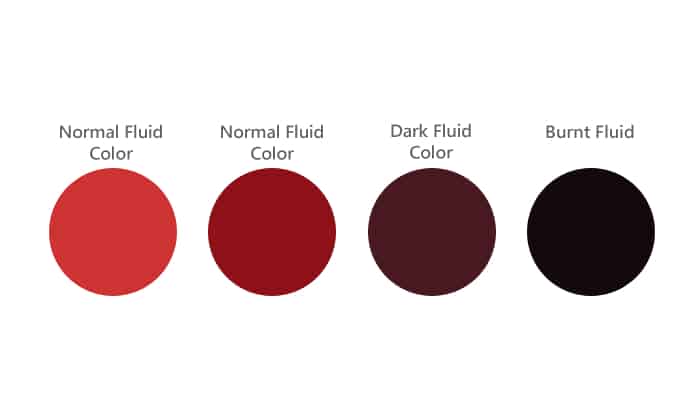Allison 4000 Transmission Fluid Capacity
When it comes to maintaining your Allison 4000 transmission, one important aspect to consider is the fluid capacity. Knowing the right amount of transmission fluid your vehicle needs is crucial for its optimal performance and longevity. In this article, we will provide you with the necessary information about the Allison 4000 transmission fluid capacity, so you can keep your transmission running smoothly.
Transmission Fluid Capacity and Type
| Popular posts |
|---|
| What to do to prolong the life of your manual gearbox |
| Automatic transmission: what it is, how it works |
Before we dive into the specifics, let’s get straight to the point. The Allison 4000 transmission fluid capacity varies depending on the model and configuration of your vehicle. To determine the exact capacity, you should consult your vehicle’s owner manual or contact a certified mechanic. However, we can provide you with a general idea of the fluid capacity for the Allison 4000 transmission.
Typically, the Allison 4000 transmission requires around 16-18 quarts (15-17 liters) of transmission fluid for a complete fluid change. However, please keep in mind that this is just an estimate, and it’s always best to refer to the manufacturer’s recommendations for your specific vehicle.
| Transmission Fluid Capacity | Quarts | Liters |
|---|---|---|
| Allison 4000 Transmission | 16-18 | 15-17 |
Importance of Proper Fluid Capacity
Now, you might be wondering why it’s so crucial to ensure your Allison 4000 transmission has the correct fluid capacity. Well, let us be blunt with you – insufficient or excessive transmission fluid can lead to serious problems.
If you don’t have enough fluid in your transmission, it can cause excessive heat buildup, leading to premature wear and potential damage to vital components. On the other hand, too much fluid can cause foaming, which can lead to inadequate lubrication and poor shifting performance. So, it’s essential to maintain the proper fluid level to avoid these issues.
Checking and Adding Transmission Fluid
While it’s always recommended to have a professional handle your transmission maintenance, we understand that some of you might prefer a hands-on approach. If you decide to check or add transmission fluid yourself, here are a few steps to guide you:
- Make sure your vehicle is parked on a level surface and the engine is running.
- Locate the transmission dipstick, usually labeled and located near the back of the engine compartment.
- Remove the dipstick and wipe it clean with a lint-free cloth or paper towel.
- Reinsert the dipstick fully and then remove it again to check the fluid level.
- If the fluid level is below the “Add” or “Min” mark, you can add small amounts of the recommended transmission fluid through the dipstick tube. Be cautious not to overfill.
- Recheck the fluid level and add more if necessary, ensuring it stays within the recommended range.
- Once you’re satisfied with the fluid level, securely reinsert the dipstick.
Remember, these steps are just a general guideline, and it’s always best to consult your vehicle’s owner manual for specific instructions and safety precautions.
Conclusion
Now that you have a better understanding of the Allison 4000 transmission fluid capacity, you can ensure your vehicle has the right amount of fluid for optimal performance. Remember, maintaining the proper fluid level is essential for the longevity of your transmission. If you’re unsure or uncomfortable performing any maintenance tasks yourself, it’s always wise to seek the assistance of a qualified professional. Keep your transmission happy, and it will keep you on the road for miles to come!
What Color Should Transmission Fluid Be?


